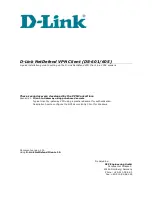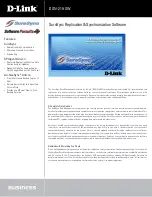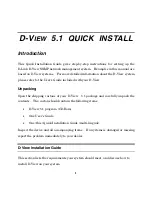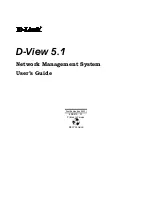
JRun features
9
You enable dynamic compiling and reloading by creating a WEB-INF/jrun-web.xml file
that contains the following text, setting the reload and compile values to false or true:
<jrun-web-app>
<reload>true</reload>
<compile>true</compile>
</jrun-web-app>
For more information, see JRun Assembly and Deployment Guide.
Dynamic creation of database tables for entity beans
When you deploy an entity bean, and its required database tables do not yet exist, JRun
can generate them for you when you have configured the appropriate Java Database
Connectivity (JDBC) data source in JRun. For more information, see JRun Programmer’s
Guide.
JRun Server Tags (JST)
JST technology supports JSP 1.2 and recursion. JST lets you write custom JSP tags using
JSP syntax, rather than the custom tag handler API. Recursion allows a JST to call itself.
JRun Management Console (JMC)
The redesigned, JMX-enabled JMC provides an easy-to-use, intuitive graphical user
interface for managing your local and remote JRun servers. Using the JMC, you can
create servers, define clusters, manage applications, and implement security based on
JAAS. For additional information, see the JMC online Help.
Web Server Configuration tool
JRun provides native connectors for most major web servers. Using the Web Server
Configuration tool, you can connect one or more web servers to each JRun server. The
Web Server Configuration tool, a stand-alone tool, does not require JRun on the web
server host. For information on connecting JRun to an external web server, see Installing
JRun. For more information on understanding web server connectors, see JRun
Administrator’s Guide.
Clustering
JRun provides enterprise-level server clustering for maximum reliability and scalability.
Clustering is built into the web server connectors and the JRun kernel:
•
At the web server connector level, clustering enables load balancing and automatic
failover between the web server and the web containers. In-memory session
replication ensures that state information is preserved if the web server fails over to
another web container in the cluster.
•
At the kernel level, clustering enables load balancing and automatic failover for
clusterable server objects, such as EJBs, JNDI trees, or any clusterable custom service.
The object state (for example, the state of a stateful EJB) is automatically replicated in
an optimized manner to provide the highest level of reliability while maintaining
performance. JRun servers use the JINI technology to dynamically locate their peers
Summary of Contents for 38000382 - Macromedia JRun - Mac
Page 1: ...Getting Started with JRun...
Page 16: ......
Page 68: ...54 Chapter 5 Introduction to EJB...
Page 82: ......
Page 110: ...96 Lesson 3 EJB Tutorial...
Page 128: ...114 Lesson 4 Web Services Tutorial...
Page 132: ...118 Index...















































